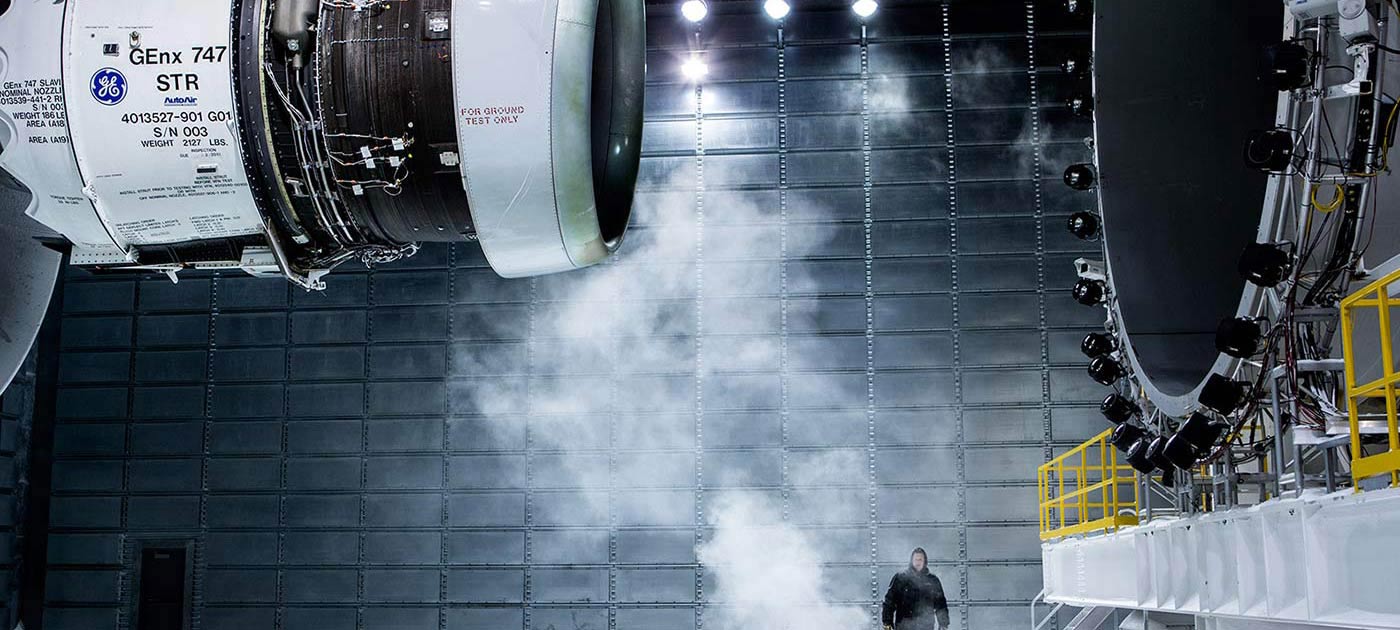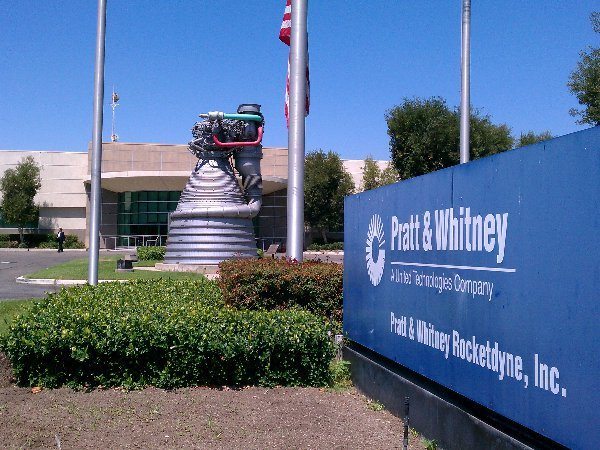General Electric Company GE Aviation, Cincinnati, Ohio, has been awarded a $919,470,655 cost-plus-incentive-fee contract for designing, fabricating, integrating, and testing multiple complete, flight-weight centerline, 45,000 lbs. thrust turbofan adaptive engines.
“We are honored to continue our work with AFRL while initiating the next phase of the technology maturation with the AFLCMC, transitioning our learnings as the only engine manufacturer to have successfully tested a full three-stream adaptive cycle engine. We will continue to work to deliver engines that meet the DoD’s aggressive performance and cost targets. We believe GE is best positioned to integrate the adaptive suite of technologies into existing and next-generation combat aircraft.”
The total value of this contract including a priced option is $1,010,000,000.
After a joint GE/DoD investment of more than $1 billion in its development, GE’s AETP engine is uniquely capable of meeting or exceeding DoD performance targets. It incorporates the industry’s most extensive use of advanced manufacturing and heat-resistant material technologies initially developed for GE’s commercial jet engines, such as ceramic matrix composites (CMC) and additively manufactured components pioneered on the best-selling LEAP and GE9X engines. These innovations–which further reduce fuel consumption and lower aircraft operating weight–enable the engine to meet or exceed the military’s aggressive performance targets with field-proven, low-cost technologies.
The Adaptive Engine Transition Program is developing fuel efficient adaptive engine component technologies and reducing associated risk in preparation for next-generation propulsion system development for multiple combat aircraft applications.
Furthermore, Pratt & Whitney was selected by the U.S. Air Force Life Cycle Management Center to receive a more than $1 billion award for the Adaptive Engine Transition Program (AETP).
Work will happen at Hartford, Connecticut, West Palm Beach, Florida, Arnold Engineering and Development Complex, Tennessee, and is expected to finish by Sep. 30, 2021.
As part of AETP, Pratt & Whitney will design, develop, fabricate, and test complete adaptive engines in the 45,000lb thrust-class, continuing the advancement and maturation of the next generation of military fighter engine technology.
Continued advances in propulsion technologies are needed to outpace ever evolving threats. AETP is specifically aimed at maturing a three-stream architecture and other advanced propulsion technologies considered essential for high-speed and long-endurance performance requirements. Pratt & Whitney is building on its position as the world’s only fifth generation engine manufacturer to prepare for multiple potential low-risk follow-on Engineering, Manufacturing, and Development (EMD) program(s) for existing and next generation combat aircraft.
“We believe our program plan fully embraces the spirit and intent of the U.S. Air Force’s goals to provide a highly capable adaptive engine design with the ability to power a wide range of future and legacy aircraft applications,” says Dr. Jimmy Kenyon, senior director of Advanced Programs & Technology, Pratt & Whitney. “By leveraging the significant technical accomplishments achieved under the Air Force Research Laboratory’s Adaptive Engine Technology Development program, as well as through the U.S. Navy’s Variable Cycle Advanced Technology program, Pratt & Whitney – through AETP – will continue the progression of game-changing propulsion technologies critical to maintaining U.S. air superiority.”




